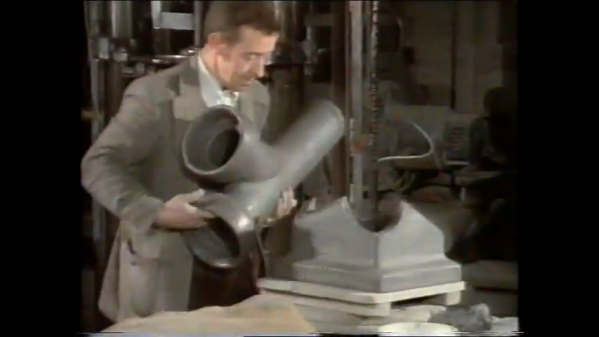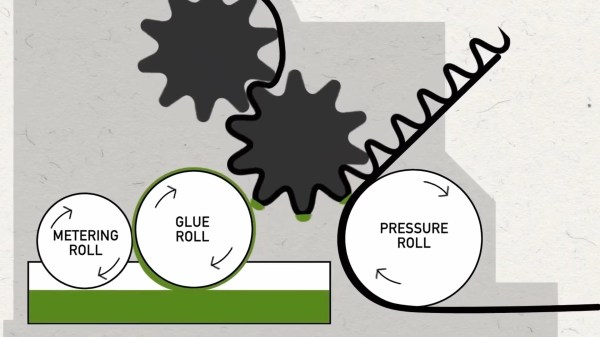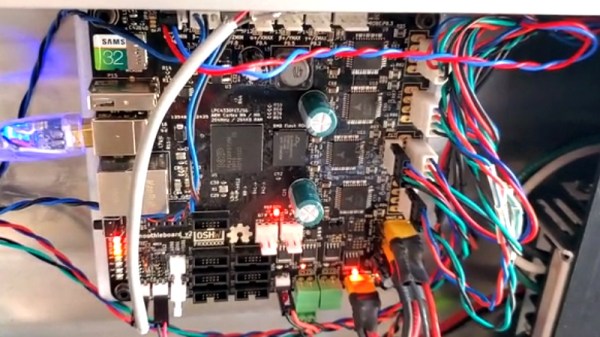Over the years, I’ve been curious to dig deeper into the world of the manufacturing in China. But what I’ve found is that Western anecdotes often felt surface-level, distanced, literally and figuratively from the people living there. Like many hackers in the west, the allure of low-volume custom PCBs and mechanical prototypes has me enchanted. But the appeal of these places for their low costs and quick turnarounds makes me wonder: how is this possible? So I’m left wondering: who are the people and the forces at play that, combined, make the gears turn?
Enter Prototype Nation: China and the Contested Promise of Innovation, by Silvia Lindtner. Published in 2020, this book is the hallmark of ten years of research, five of which the author spent in Shenzhen recording field notes, conducting interviews, and participating in the startup and prototyping scene that the city offers.
This book digs deep into the forces at play, unraveling threads between politics, culture, and ripe circumstances to position China as a rising figure in global manufacturing. This book is a must-read for the manufacturing history we just lived through in the last decade and the intermingling relationship of the maker movement between the west and east.



















